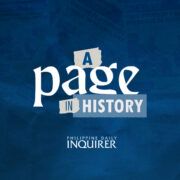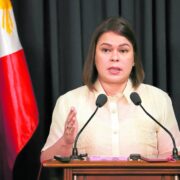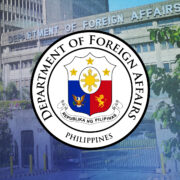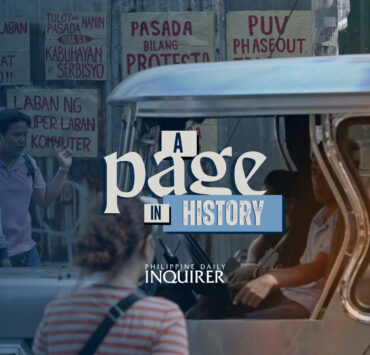12 books to kick off your exploration of classics
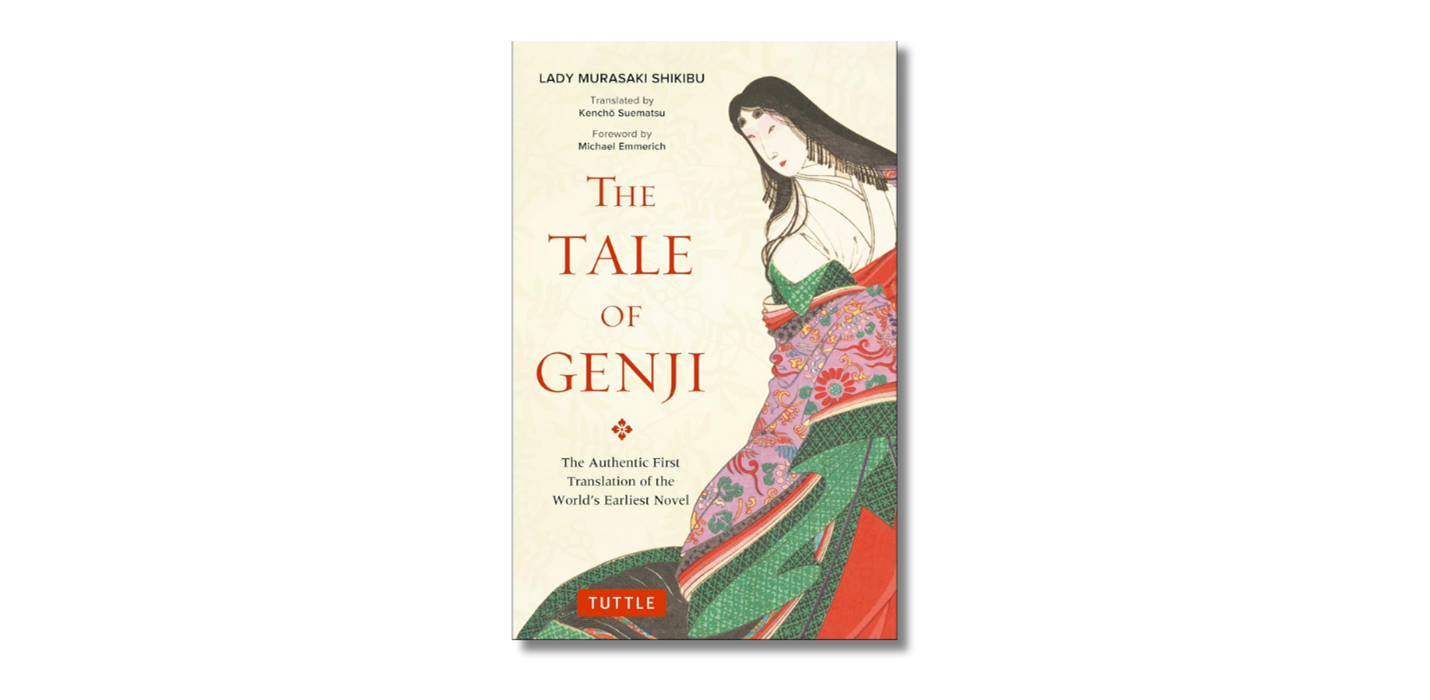
Ah, the classics—timeless masterpieces of literature, endlessly reprinted, adapted into films, plays, and series and countless retellings. These celebrated tales have elevated their authors to a status of immortality.
Despite their enduring appeal, however, classics often face skepticism, even among voracious readers. The classics can be intimidating to read due to their dense language, unfamiliar cultural contexts, and misconceptions about their accessibility.
But these book recommendations will change that perspective. Here are 12 engaging books to get you started:
“The Tale of Genji” by Murasaki Shikibu
“The Tale of Genji” by Murasaki Shikibu is often hailed as the world’s first novel. It has a fascinating back story too—Murasaki, a lady-in-waiting and poet at the court of Empress Fujiwara, wrote the novel in installments to entertain the court’s aristocracy. As the OG of literary classics, “The Tale of Genji” stands as a cornerstone of world literature.
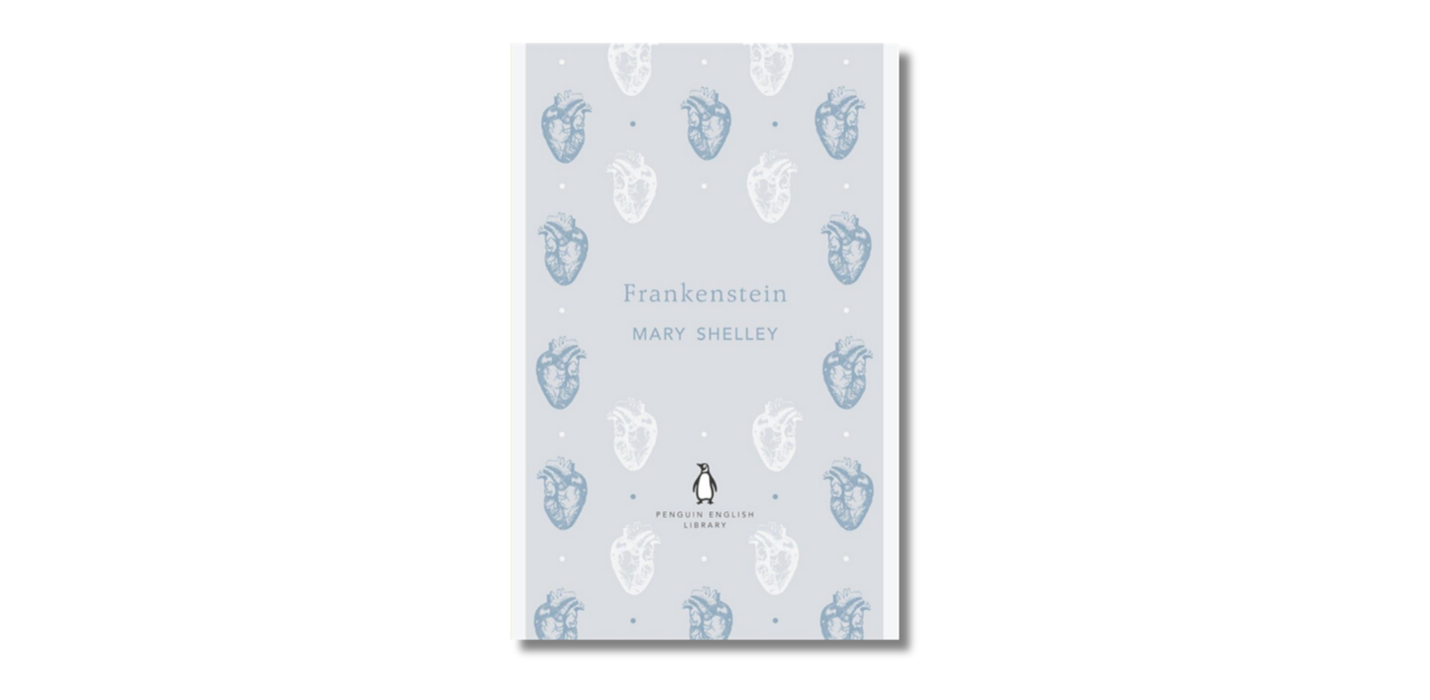
“Frankenstein” by Mary Shelley
Mary Shelley’s gothic novella is about an ambitious scientist, Victor Frankenstein, the monster he created and abandoned, and the sequence of horrific events that followed. “Frankenstein” is considered the first modern science fiction tale ever written, imbued with themes of humanity and responsibility, and raising profound questions about the boundaries of scientific exploration.
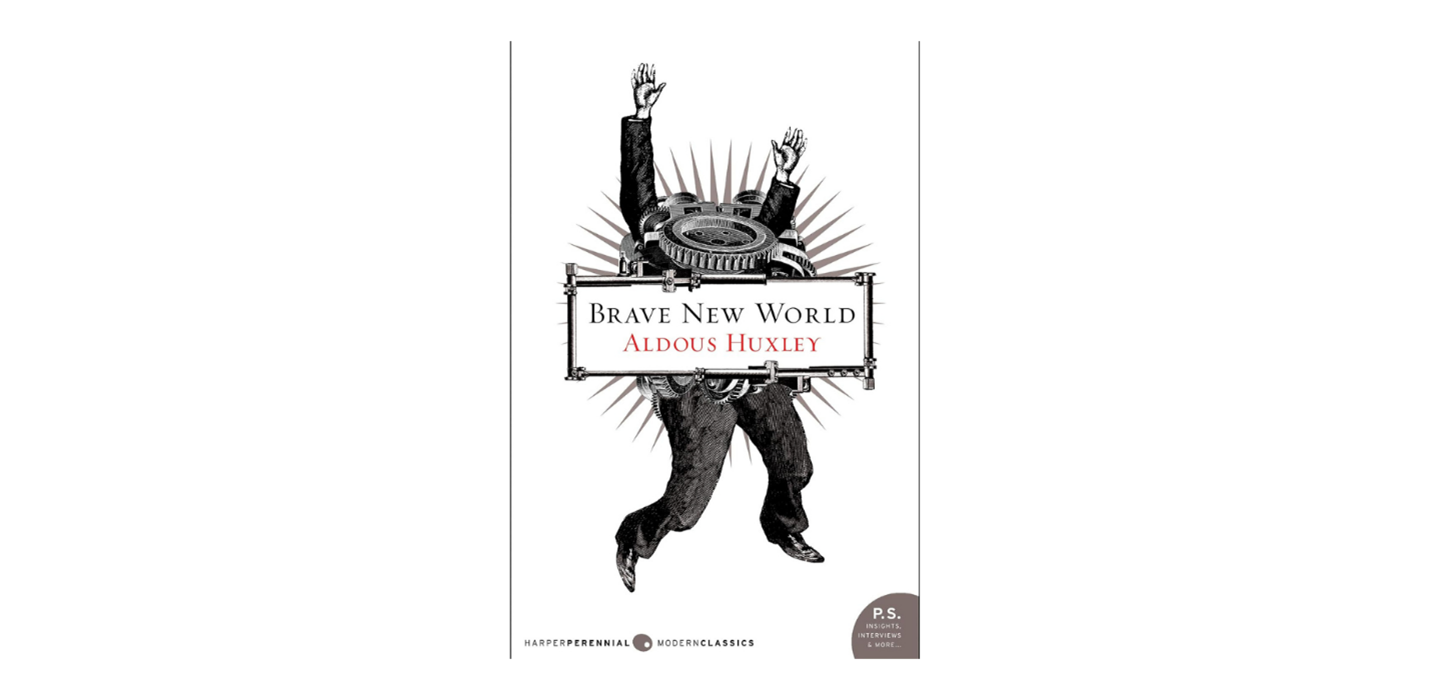
“Brave New World” by Aldous Huxley
Aldous Huxley’s thought-provoking dystopian novel envisions a future where test-tube babies are the norm, a rigid caste system sorts embryos by class before birth, and the mantra “everyone belongs to everyone else” erases individuality.

“The Prince” by Niccolo Machiavelli
Written in 1513, “The Prince” is a handbook for rulers on how to gain and maintain power, driven by self-interest and unburdened by morality. Provocative and controversial, this book made “Machiavellian” a dictionary term. While you may disagree with its ethics, “The Prince” remains a fascinating read and is considered the first work of modern political philosophy and the world’s first leadership book.
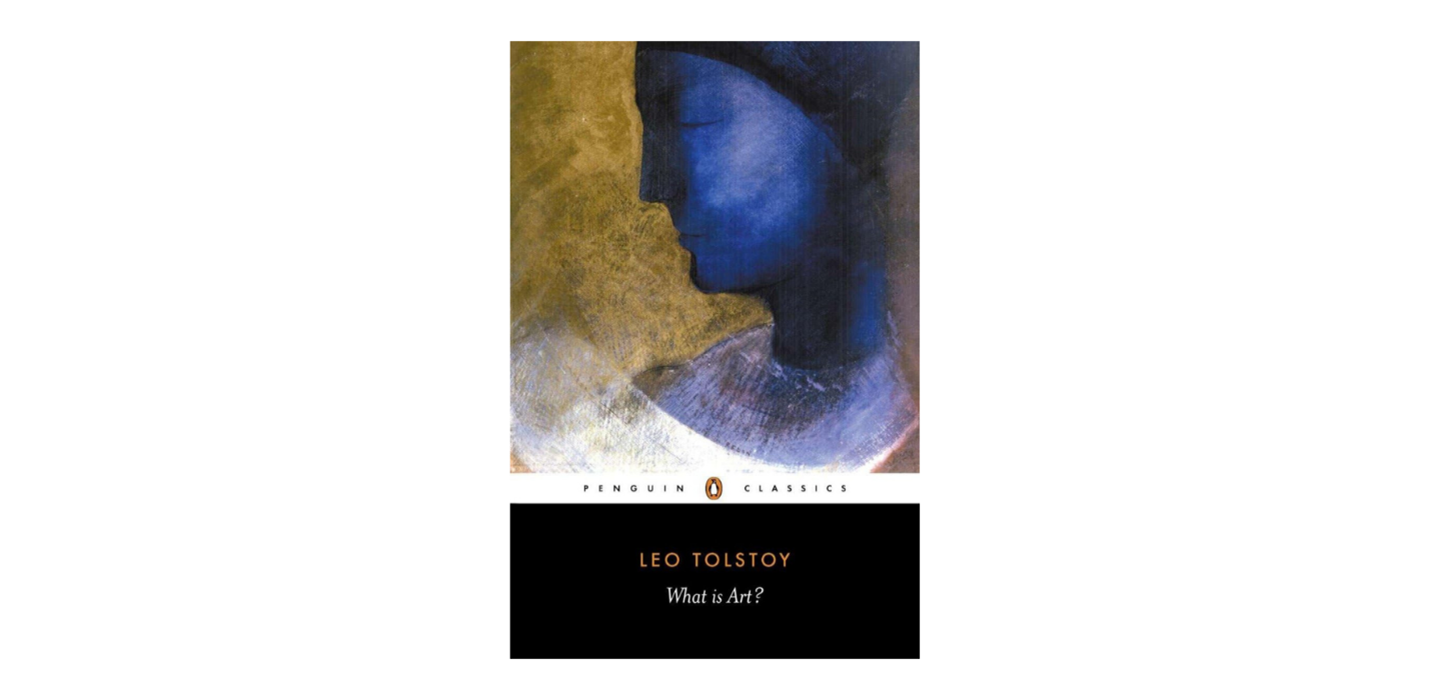
“What is Art?” By Leo Tolstoy
A classics list without a Leo Tolstoy? But instead of “Anna Karenina” and “War and Peace” (two books frequently cited as the greatest novels ever written), we’re recommending one of his lesser-known works, “What Is Art?,” a series of essays where he ponders the purpose of art in our lives—not for art’s sake, but to be a force for good, for the progress and improvement of mankind.
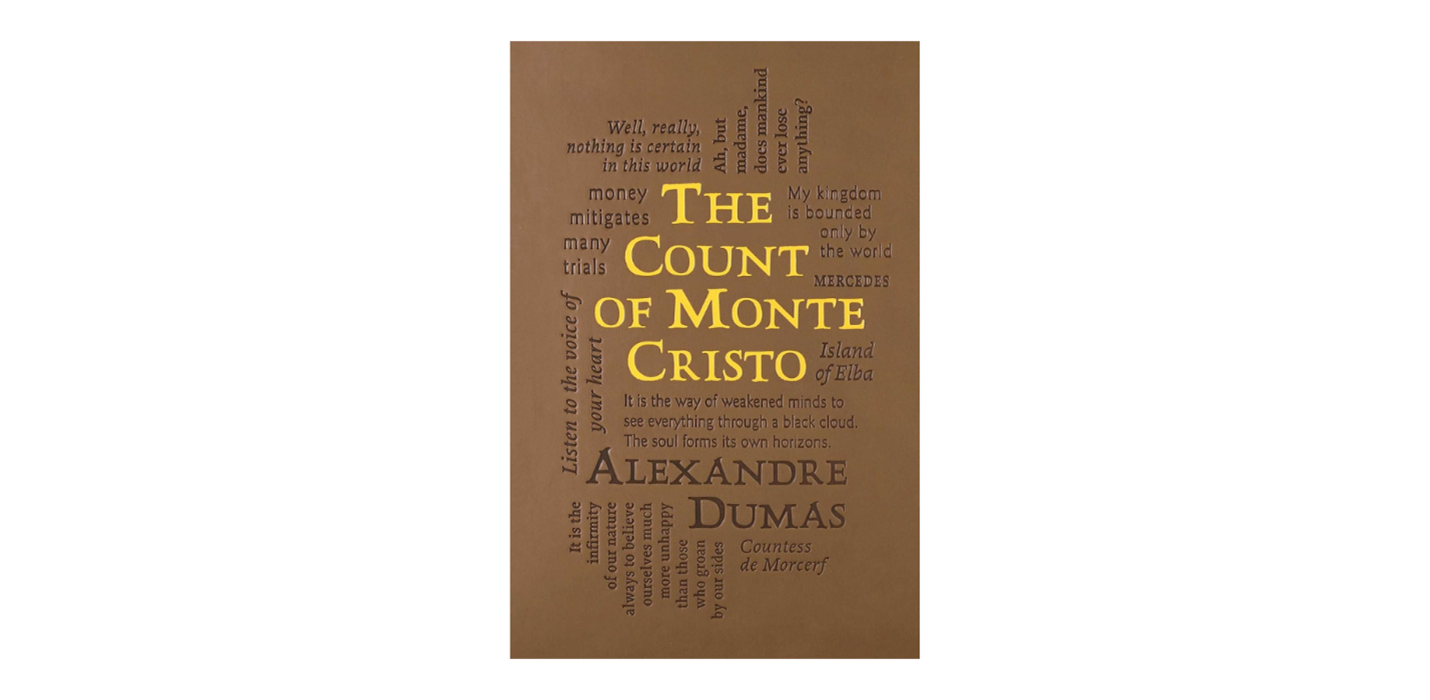
“The Count of Monte Cristo” by Alexandre Dumas
Revenge is a dish best served cold. Set against the turbulent years of the Napoleonic era, “The Count of Monte Cristo” follows Edmond, a man betrayed and sent to prison for a crime he didn’t commit. Years later, he escapes, becomes a wealthy man, and exacts revenge on the people who had wronged him. “Count” has become a blueprint for modern-day revenge stories.
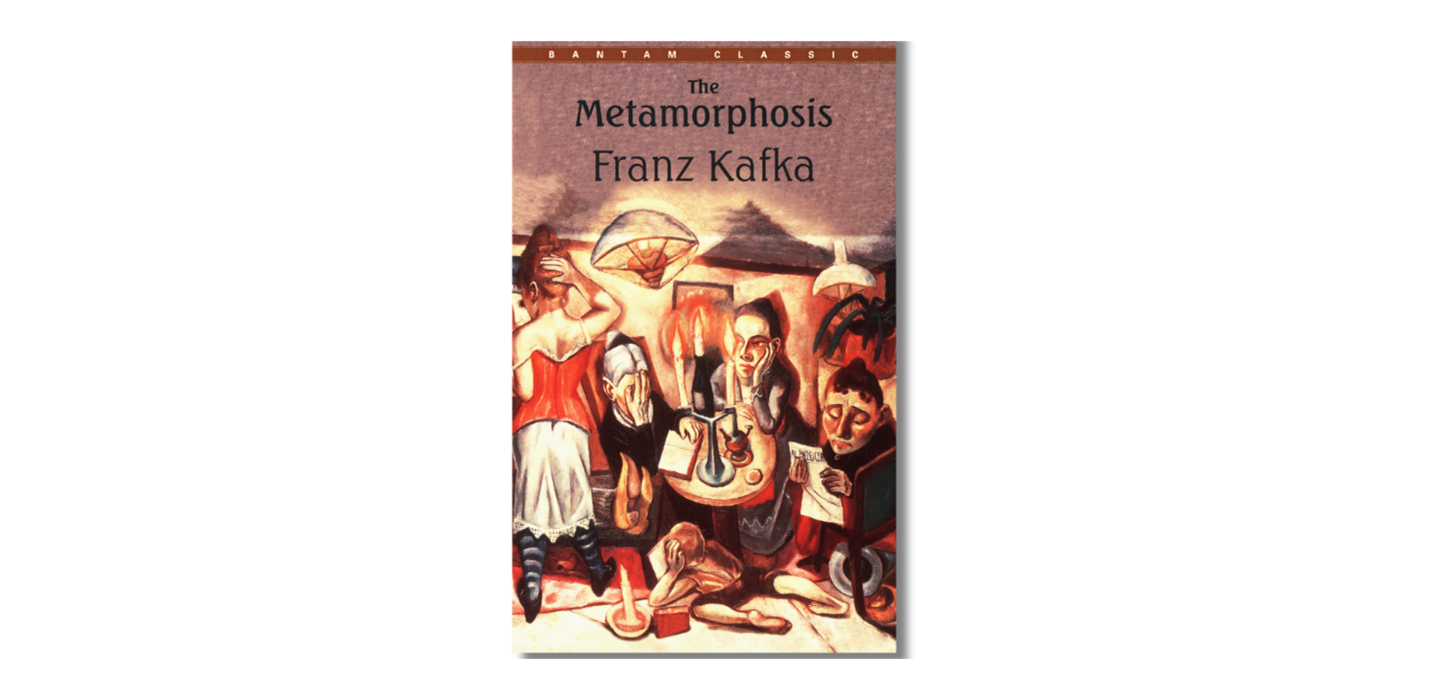
“The Metamorphosis” by Franz Kafka
Imagine waking up one morning to find that you’ve transformed into a giant beetle-like creature. Would you respond like Gregor Samsa, the story’s protagonist, whose first worry is being late for work? This reaction highlights Kafka’s critique of how modern capitalism dehumanizes individuals.

“The Idiot” by Fyodor Dostoyevsky
Planning to dive into Dostoyevsky and don’t know where to start? “The Idiot,” a novel about what happens when you place a naive, innocent and pure-hearted man in the center of the corrupt and hypocritical Russian society, is a good entry point. “The Idiot” is shorter than many of Dostoyevsky’s renowned works, making it more accessible for new readers.

“The Woman Who Had Two Navels and Tales of the Tropical Gothic” by Nick Joaquin
If you want to dive into Nick Joaquin, one of the greatest Filipino writers of all time, then this is the book to pick up. “The Woman Who Had Two Navels and Tales of the Tropical Gothic” is a collection of his widely known pieces, including the titular story, “The Woman Who Had Two Navels,” a tale that symbolizes the woman’s struggle with identity and societal expectations. Joaquin’s sharp observations on Philippine society reveal an author at the height of his creative prowess.
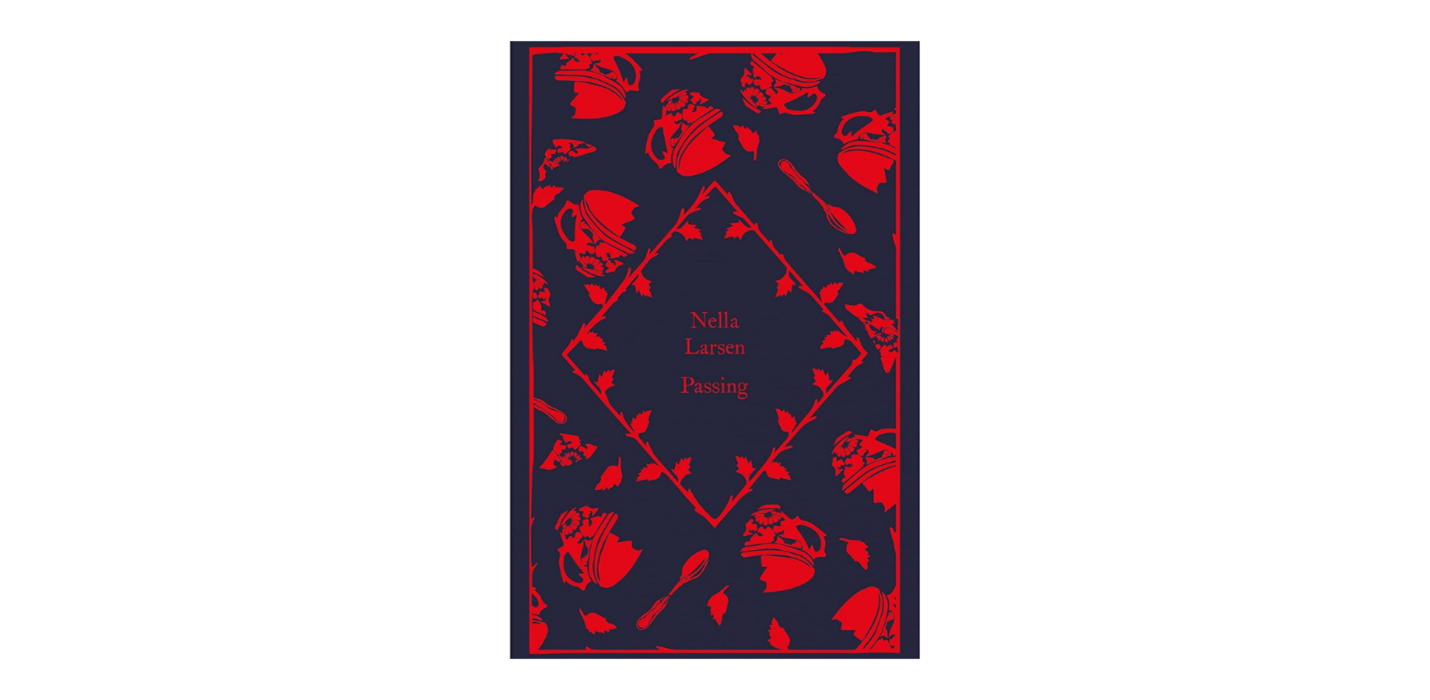
“Passing” by Nella Larson
Nella Larson’s 1929 novel is set in Harlem, New York, during the Jazz Age, tackling the theme of “racial passing,” a common practice at the time. The novel centers on two women, their lives colliding, and the tragic events that ensue, make for a provocative and riveting read, placing this book at the forefront of African-American literary canon.

“Rashomon and Seventeen Other Stories” by Ryunosuke Akutagawa
The titular short story of this collection is “Rashomon,” which partially became the basis of the popular 1950s Akira Kurasawa film. Set in 12th-century Kyoto, “Rashomon” follows a man teetering on the brink of existence, driven to desperation and crime. Equally provocative are the other stories in this collection, marked by Akutagawa’s original imagery, cynicism, beauty and wild humor.

“Persuasion” by Jane Austen
As her last completed novel, “Persuasion” is often regarded as Austen’s most mature work, even though it tends to be less favored by fans than her more popular titles. Unlike her witty comedies of manners, “Persuasion” takes on a more melancholy and subdued tone, showcasing a different side to Austen that’s as compelling as her earlier work. A tale of second chances, this novel’s depth is beautiful and worthy of your attention.
Visit www.fullybookedonline.com/blog.



